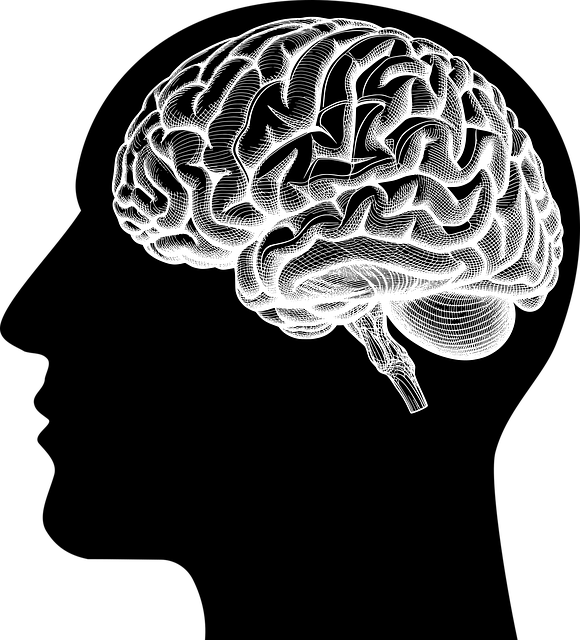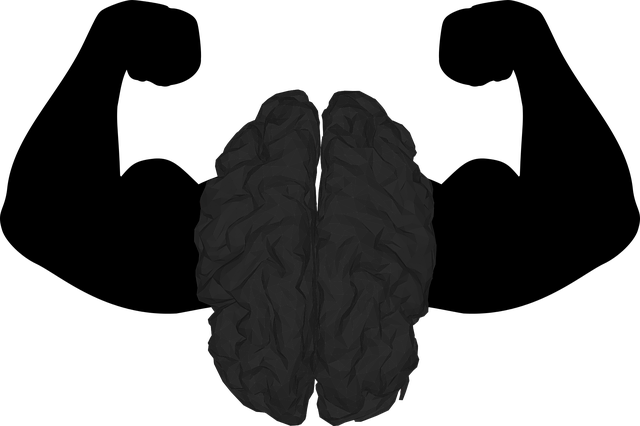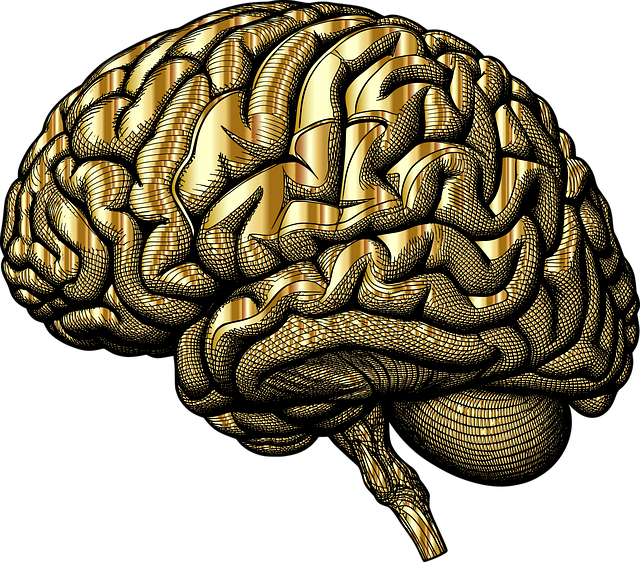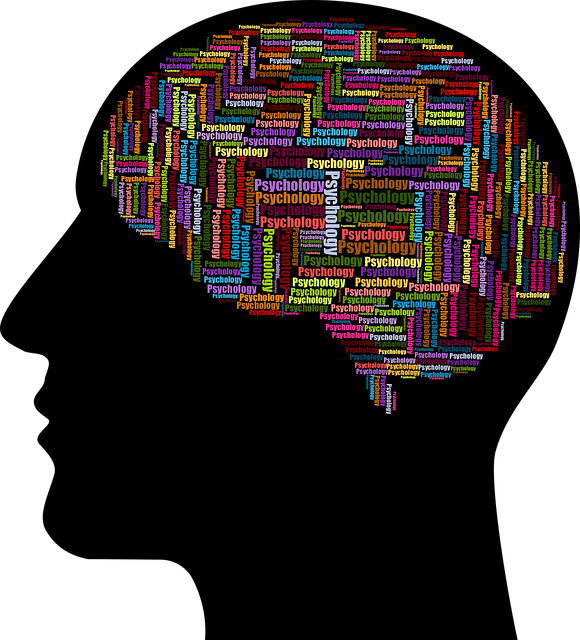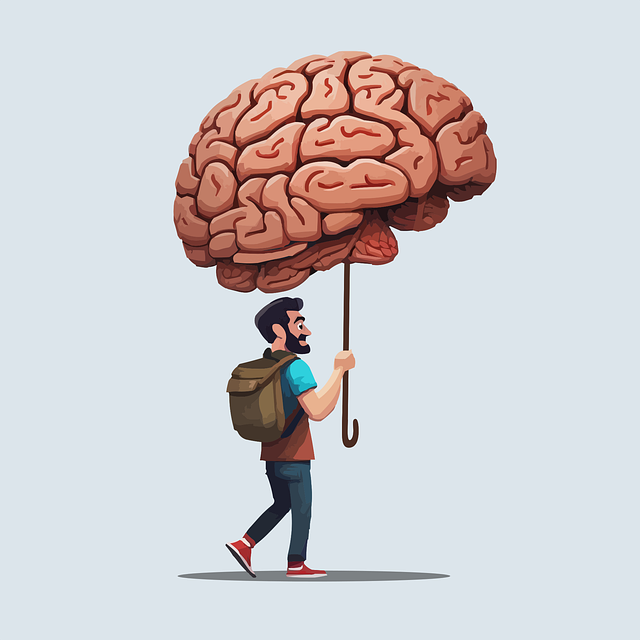Therapy for Children Obsessive Compulsive Disorder (OCD) relies on a multi-faceted approach integrating risk assessment, harm minimization planning, and evidence-based practices like CBT. This involves identifying triggers, social influences, and individual vulnerabilities to mitigate OCD symptoms. Public awareness campaigns and mental wellness initiatives raise understanding of OCD, while cultural competency training ensures inclusive support. Experienced therapists collaborate with parents and services for comprehensive care, incorporating trauma support to address cultural barriers and traumatic experiences, ultimately promoting long-term mental health well-being.
Risk assessment and harm minimization planning are essential components of effective therapy, particularly for children struggling with obsessive-compulsive disorder (OCD). This article explores these strategies, providing insights into their implementation in child therapy. We discuss how a thorough understanding of risk factors enables therapists to develop tailored interventions. By examining case studies involving OCD, we demonstrate the application of these strategies in practice. Additionally, the importance of professional guidance and ongoing evaluation is highlighted, ensuring safe and successful treatment outcomes for young clients.
- Understanding Risk Assessment and Harm Minimization Planning
- Applying These Strategies in Child Therapy for OCD
- The Role of Professional Guidance and Ongoing Evaluation
Understanding Risk Assessment and Harm Minimization Planning

Risk assessment and harm minimization planning are crucial components in the therapy for children with obsessive-compulsive disorder (OCD). It involves a systematic process of identifying, evaluating, and managing potential risks that may contribute to or exacerbate the child’s symptoms. By understanding these factors, therapists can develop comprehensive strategies to support emotional regulation and promote healthy coping mechanisms.
The approach leverages mind over matter principles, focusing on empowering children with tools to manage their OCD-related thoughts and behaviors. This includes assessing environmental triggers, social influences, and individual vulnerabilities. Once identified, these risks are addressed through tailored interventions, such as cognitive-behavioral therapy (CBT) techniques, family support strategies, and public awareness campaigns development aimed at reducing stigma and fostering understanding of OCD among peers and community members.
Applying These Strategies in Child Therapy for OCD

In the realm of child therapy for Obsessive Compulsive Disorder (OCD), applying risk assessment and harm minimization planning strategies is both crucial and timely. By integrating evidence-based approaches, therapists can effectively navigate the intricate landscape of a child’s mind, addressing the root causes of OCD while fostering mental wellness. This involves meticulously evaluating potential risks associated with specific therapies and designing tailored interventions to mitigate any adverse effects.
Public Awareness Campaigns for OCD play a pivotal role in enhancing understanding among both children and their healthcare providers. Coupled with comprehensive Mental Wellness initiatives, these campaigns raise awareness about the disorder’s manifestations and available treatment options. Furthermore, Cultural Competency Training for healthcare professionals ensures that therapy is delivered sensitively and effectively, catering to diverse cultural backgrounds. Such training equips therapists with the tools necessary to create a safe, supportive environment, thereby revolutionizing child therapy for OCD.
The Role of Professional Guidance and Ongoing Evaluation

Professional guidance plays a pivotal role in risk assessment and harm minimization planning, especially for complex conditions like Obsessive Compulsive Disorder (OCD) in children. Therapy for Children OCD often involves specialized treatments tailored to address the unique challenges faced by young individuals dealing with this mental health condition. Experienced therapists employ evidence-based practices to help children manage symptoms, understand triggers, and develop coping strategies. Regular sessions with a qualified therapist facilitate ongoing evaluation, allowing for adjustments in treatment plans as the child’s progress is monitored. This dynamic approach ensures that interventions remain effective and responsive to the evolving needs of the patient.
Incorporating Trauma Support Services and Healthcare Provider Cultural Competency Training can further enhance this process. Mental Health Awareness among healthcare providers enables them to offer more nuanced care, recognizing potential cultural barriers or traumatic experiences that may impact a child’s response to therapy. Regular assessments and collaborative efforts between therapists, parents, and other support services create a comprehensive network dedicated to minimizing harm and promoting the well-being of children with OCD, ultimately contributing to better outcomes in their long-term mental health journey.
Risk assessment and harm minimization planning are essential components of therapy for children with Obsessive Compulsive Disorder (OCD). By understanding and applying these strategies, professionals can ensure a comprehensive approach to treating OCD in youth. This involves carefully evaluating potential risks, implementing tailored interventions, and providing ongoing guidance and evaluation to foster positive outcomes. Through these practices, therapists can create a safe and supportive environment, helping children with OCD lead fulfilling lives while managing their symptoms effectively.


